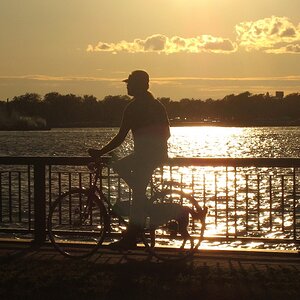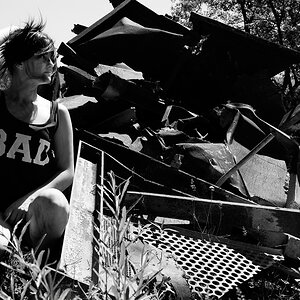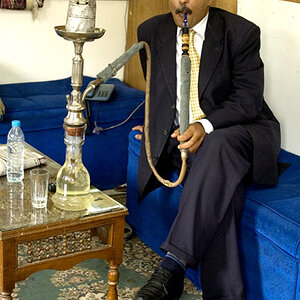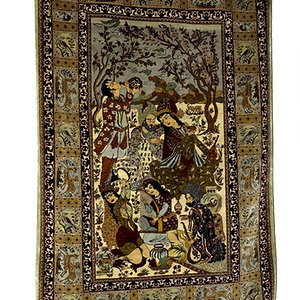Antithesis
No longer a newbie, moving up!
- Joined
- Aug 24, 2007
- Messages
- 1,340
- Reaction score
- 16
- Location
- Caribbean
- Website
- www.epanderson.com
- Can others edit my Photos
- Photos OK to edit
Turn on Auto Contrast (Tone Compensation on Nikons) and it'll make sure that you never drop shadow details so much that they can't be recovered. In contrasty scenes, it'll automatically lower contrast to avoid getting blowouts, and the opposite for low contrast scenes - it'll try to keep the histograms as filled as possible so that you're using as many levels as possible, just as it says to do in that article. It's built into the cameras (or at least Nikons) more or less.
Hmm, I never knew about Auto Contrast. You learn something new every day! I wonder if that's why I blow my highlights so easily. I usually just be super careful or try and bring the shadows back, and if it's too noisy, just run it through Noise ninja and it's fine.
I've been told that certain conversion programs (not ACR) can actually give you more breathing room using a RAW image. I usually use ACR, and therefore have never seen that large of a benefit from RAW (aside from easy WB adjustment of course). I forget what the actual program I was told to use was, but I think it was by Phase One or something. The guy who told me had been working as a freelance for about 10 years and sounded like he knew what he was talking about, so I took it at face value.



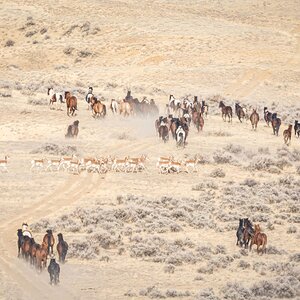
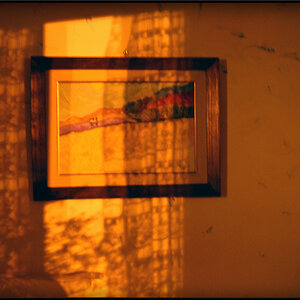
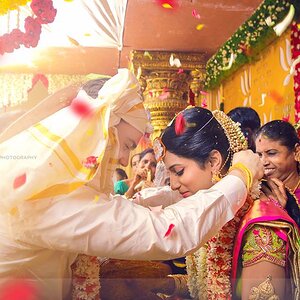
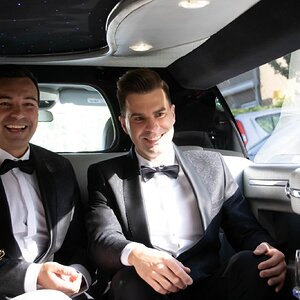

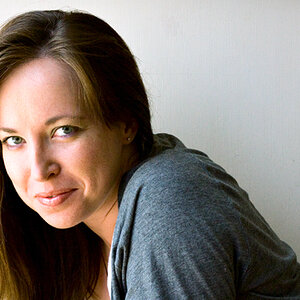
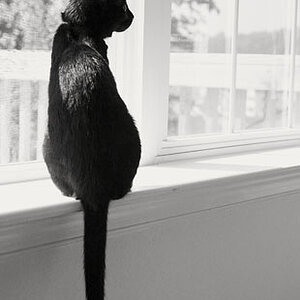
![[No title]](/data/xfmg/thumbnail/37/37091-18fa97e6ac84c47479921254caf164c3.jpg?1619737881)
